Warm summer weather and lots of sunshine are the prerequisite for haymaking, essential fodder for the animals in winter. These days, farms usually make silage, i.e. fermented, high-moisture fodder that can be fed to animals when they can no longer graze outside. Even today, making silage is THE bid social event of the agricultural year where the whole neighborhood gets involved and helps out, doing each farm in turn. The women folks’ job is to cook for the ‘silage men’. Silage is made either by placing cut green vegetation in a silo or by piling it in a large heap covered with plastic sheet, or by wrapping large bales in plastic film.
In our first summer, we had allocated only one field and our garden behind the house to making hay. We had opted to save hay the old-fashioned way by hand. Mac used an old scythe for cutting. No lawnmower gives the same result. The blade needed constant sharpening with a honing stone called ‘strickle’. After the grass was cut it had to be raked together in rows which had to be turned every other day. We were lucky, because showers stayed away—otherwise we would have ended up with a useless, indigestible mash. Hence the saying. Then the rows were raked into little heaps, dragon cocks, and then later when the hay had turned crisp and yellow, it was raked into triangle shaped forms called trams. Hay ropes secured the trams from the wind until they were brought into our hay barn. A family bonding experience surely − except when you are allergic to grass like 3 in our family were. One year later, we had a few more acres under hay, and we had them cut by a tractor and made into square bales. Mac loaded the square bales into the jeep and my task was to drive the jeep to the hay barn where a farmhand unloaded and stacked them up. After several trips my hay fever and asthma got the better of me. My nose was the running; I sneezed, accompanied by itching eyes and coughs. Mac’s advice was to take some medication against the unwanted symptoms. I went on strike instead. No more hay transporting in our family car for me. In the following years when he managed the full acreage himself, a contractor did all the work.
Subscribe to:
Post Comments (Atom)




























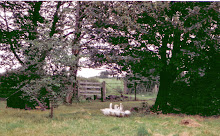





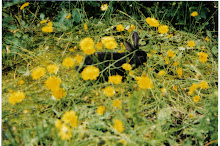








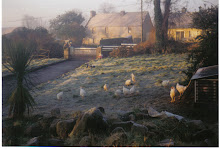
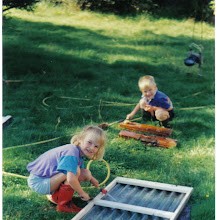











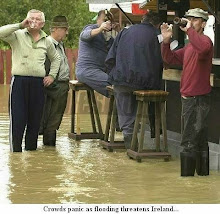


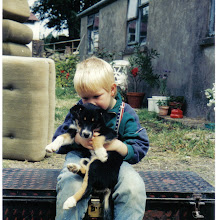


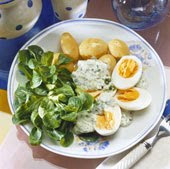
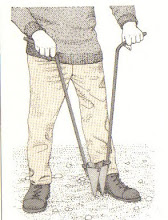
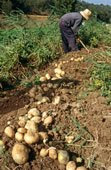

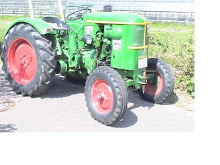






No comments:
Post a Comment